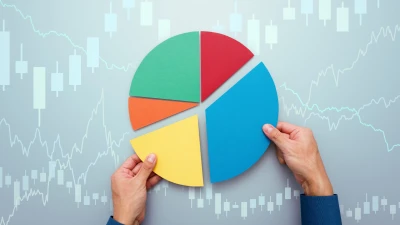Shape of market-linked pensions revealed
By Mike Taylor
THE Federal Government has unveiled the design features of its new market-linked pensions with the Assistant Treasurer, Helen Coonan, claiming they will fill a key missing niche in the income streams market.
She says the new regime, which will be available from September 20, will combine the investment flexibility of an allocated pension with the tax and social security benefits of a complying pension and will be able to be provided by superannuation funds, including do-it-yourself funds.
Coonan says the design features of the new market-linked income streams have been developed in close consultation with the industry and incorporate a number of industry suggestions.
“This is an important development in income stream design that will cater for retirees seeking a greater degree of income security in the event that they live longer than the average life expectancy for their age group,” she says.
The main details of the new market linked pensions is that they attract a higher pension reasonable benefit limit of $1,176,106, are subject to a 50 per cent asset test exemption and offer the same investment choice as an allocated pension.
Coonan says one of the advantages of the new market-linked pensions is that they do not require the involvement of an actuary, thus reducing costs to retirees and increasing their retirement incomes.
Recommended for you
Compared to four years ago when the divide between boutique and large licensees were largely equal, adviser movements have seen this trend shift in light of new licensees commencing.
As ongoing market uncertainty sees advisers look beyond traditional equity exposure, Fidante has found adviser interest in small caps and emerging markets for portfolio returns has almost doubled since April.
CoreData has shared the top areas of demand for cryptocurrency advice but finds investors are seeking advisers who actively invest in the asset themselves.
With regulators ‘raising the bar’ on retirement planning, Lonsec Research and Ratings has urged advisers to place greater focus on sequencing and longevity risk as they navigate clients through the shifting landscape.










